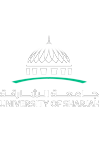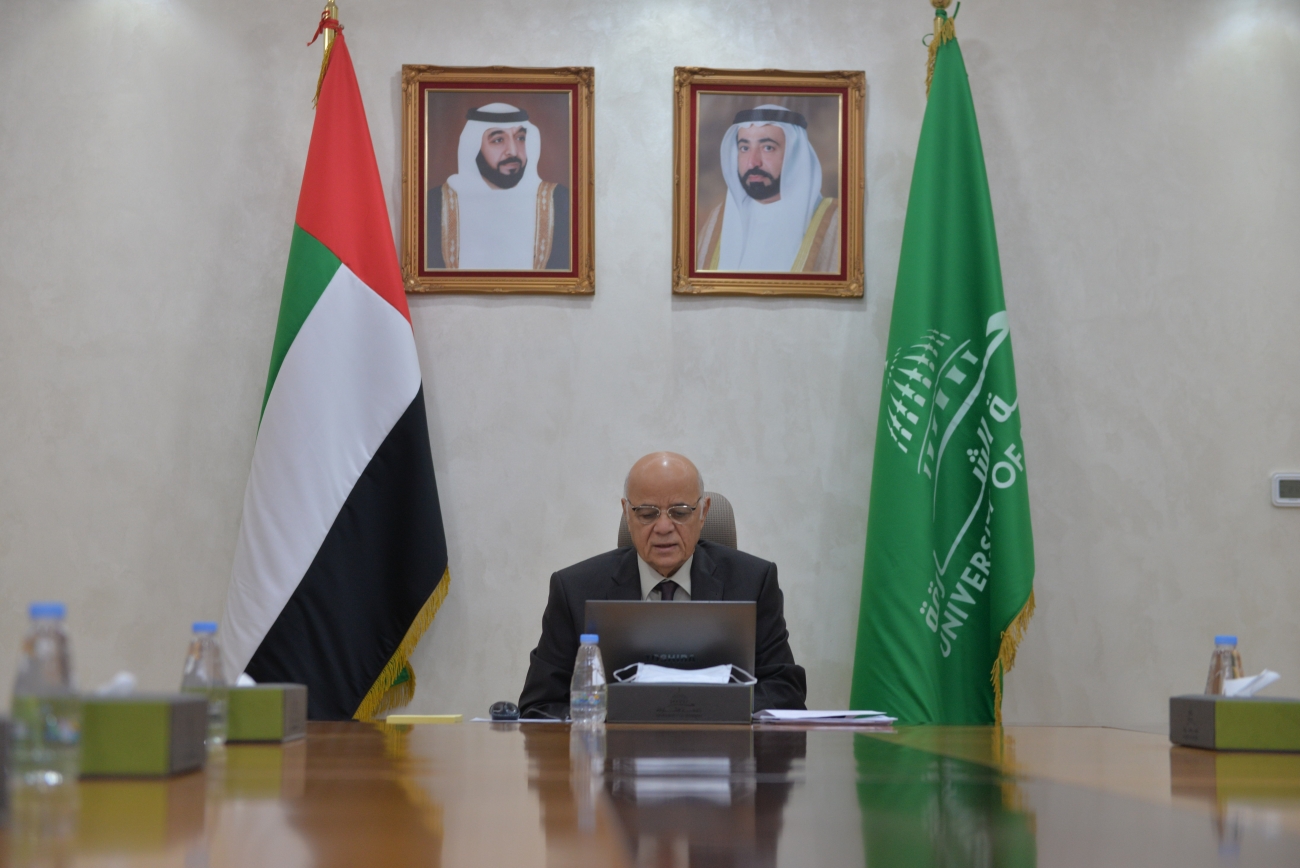This through the Microsoft Teams remote communication program to ensure the safety of participants while adhering to the precautionary measures outlined by the relevant authorities in the United Arab Emirates in combating the COVID-19 pandemic.
Asteroids Day aims to spread awareness about the importance of asteroids and space debris and their different types as well as to create solutions to avoid the resulting hazards if they collide with the Earth. The celebration program included a number of lectures and discussion sessions on asteroids, meteorites, space debris such as satellites and the importance of studying them, meteorite analysis, and ongoing scientific research in the field of space and astronomy sciences. This came in the presence of a large number of researchers, students and enthusiasts in the field of astronomy and space science.
In his opening speech to the ceremony, His Excellency Prof. Hamid M.K. Al Naimiy, Chancellor of the University of Sharjah and General Director of SAASST, conveyed the highest expressions of gratitude and appreciation to His Highness Sheikh Dr. Sultan bin Muhammad Al Qasimi, Member of the Supreme Council, Ruler of Sharjah, and President of the University of Sharjah, for his continuous support of the Academy, which was established by His Highness as a national development project and a scientific research headquarters seeking to serve and educate society in all areas of space science and to be a world leader in space sciences research and the establishment of the United Arab Emirates as a scientific center in the Arab Gulf region and the world.
His Excellency then touched on SAASST and its most prominent new developments and achievements, which in its pursuit of His Highness's vision and interest in scientific research that serves the development of society, has become one of the most comprehensive centers in the world in the field of astronomy and space science and research for what it includes from a group of facilities such as research laboratories, optical observatory, Planetarium, and space shows and exhibitions. Each of its departments excels in its field of specialization and offers the researchers and visitors communities a unique space experience as it is a pioneer in the technology it uses and offers an enjoyable educational experience.
During the past two years, he continued, SAASST has published more than 30 research papers and articles in prestigious international journals, and is looking for more of these achievements using its various research projects and laboratories. SAASST is also keen on organizing workshops, lectures, seminars and conferences aimed at benefiting specialists and amateurs in this field alike, and it focuses on public awareness through the Planetarium shows, space exhibitions and summer camps. It is also keen to adapt to external conditions such as the spread of the COVID-19 pandemic and ensure the continuity of providing services and scientific materials to society using the available means and technologies.
His Excellency the Chancellor of the University of Sharjah and the General Director of SAASST also mentioned the new "Masters of Science in Astronomy and Space Sciences" program, which the University launched in cooperation with Sharjah Academy for Astronomy, Space Sciences, and Technology, and aims to enhance the academic and professional knowledge of students, in addition to providing them with the required expertise in the field of astronomy and space sciences through working on specialized research in various astronomical topics and developing projects that support the space sector in the United Arab Emirates and the world.
Dr. Ilias Mohammed Fernini, Deputy General Director of SAASST for Research Laboratories and the Sharjah Observatory, also presented an overview of the Academy and research laboratories such as the Meteorite Center, CubeSat Laboratory, Space Weather and Ionosphere Laboratory, in addition to providing an overview of the most important research projects ongoing at the Academy such as the "UAE Meteor Monitoring Network (UAEMMN)" project in cooperation with the UAE Space Agency. This project consists of three towers distributed in Sharjah, Al Ain and Liwa to achieve comprehensive coverage of the UAE sky, and each of these three towers includes (17) cameras surveying the UAE sky from sunset to sunrise, and it works to monitor any potential meteor or man-made satellite debris passing, then it identifies the place where this debris has fallen.
This unique network at the global level comes as part of the International Space Awareness Program, which is concerned with educating the general public about the danger of space debris. Dr. Ilias Mohammed Fernini then talked about the “Decametric Radio Telescope” project, which consists of four dipole antennas using the NASA Radio JOVE kit as basic units for the system, the receiver in this telescope has been designed to operate at a frequency of 20.1 megahertz (MHz) in order to perform wireless astronomical observations of the active interactions on Jupiter's moon, and the "40-meter Radio Interferometer" project, which uses three telescopes of the same type that operate to collect, monitor, and study radio waves from the celestial bodies in the universe, and to enhance the experiences and role of students and researchers in studying this field.
SAASST is consistent in organizing various activities that aim to serve the community by educating its various members on the most important concepts, achievements and developments in the field of astronomy and space sciences, as well as enabling students, researchers and the general community to gain scientific information in an applied manner. In the service of this mission, the Asteroids Day celebration included several lectures, the most prominent of which is an introductory lecture of the Meteorite Center by Aisha Abdullah Alowais, Research Assistant at SAASST’s Meteorite Center, during which she reviewed the goals of the Center and the research papers that it published, along with its most important units that meet different goals, namely the "UAEMMN" unit, the "Machine learning" unit that studies and develops mechanisms and programs to search for meteorites in the UAE desert, and the "Meteorite Analysis" unit, which analyzes meteorites that have been found in the UAE. In the same context, Salma Subhi and Mariam Essa Al Sharif, Research Assistants at the Meteorite Center, gave a lecture titled "Meteorite Analysis", through which they presented methods and techniques for analyzing and studying meteorites and knowing their source and composition. Dr. Antonios Manousakis, Research Assistant at the High Energy Astrophysics Laboratory, gave a lecture titled "What are Space Debris?", Mohammad Fadil Talafah, Research Assistant and Astronomical Observer at the Sharjah Optical Observatory, gave a lecture titled "UAEMMN".



